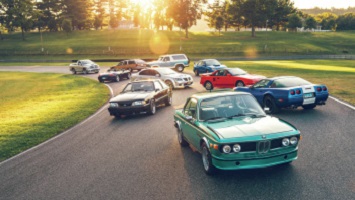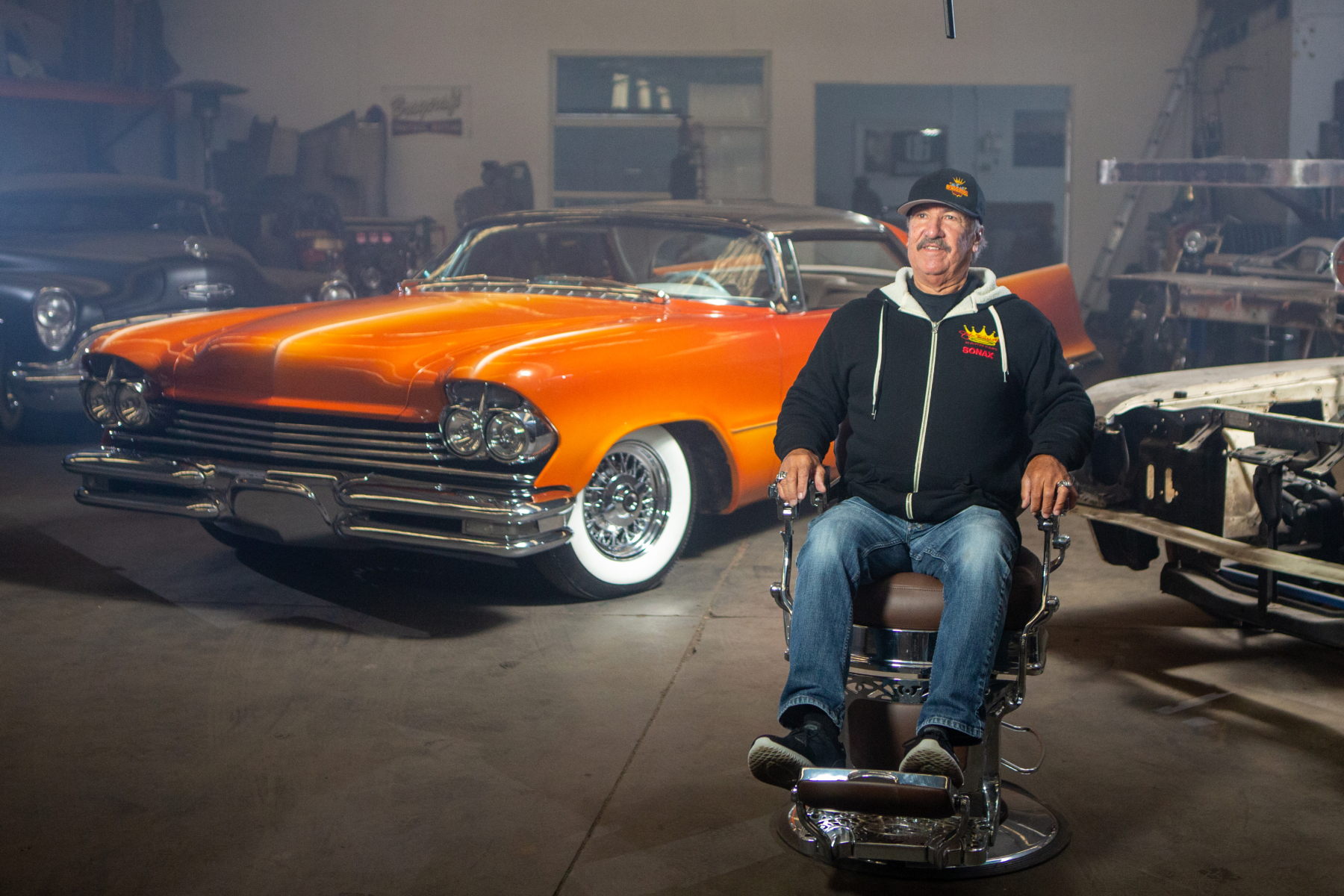

Deeming anything a ‘classic’ before it has proven its worth is risky. Tastes change, so does the economic health of the world and environmental concerns.
Established Classic vehicles built 30-100+ years ago are still relatively easy to buy and enjoyable to own. However, if you are attracted to models that represent the post-1990 era then your choices might appear quite limited.
Many from the millions built 20-30 years ago have disappeared. Some unloved cars seemingly no longer survive at all.
Expanded use of electronics during this era made its products more susceptible to failures. Often this is not the fault of a major component but a sensor which supplies vital information on temperature, fuel mixture or to the braking system. Without this input, a perfectly serviceable engine may refuse to start at all or will run but only at a fraction of its capability. The fabled ‘limp home’ mode.
So, what should someone with enthusiasm for later-model vehicles do? Restrict themselves to commonplace cars with plenty of parts still available and stock up in anticipation of future failures? Or buy something they have always desired then scour the world for parts to keep it running into the future?
Some older models still combine the attributes of collector appeal with plentiful spares, so considering those first is sensible. Virtually any US-made performance car from the 1960s-70s will be served by a network of parts suppliers so even serious crash damage can be seamlessly repaired. Recent US performance models are yet to prove any degree of collectability; however, parts still remain plentiful and cheap should you want to take a chance.
Older mainstream British brands beginning with affordable models like the Morris Minor or Ford Cortina and running through to Jaguars of various kinds, Rolls-Royce or Aston-Martin can be maintained using reproduction parts. However very few of the British vehicles currently being built come with attributes that in 30-50 years’ time would see them considered desirable.
Australia has done an excellent job of providing parts support for locally-made vehicles, even those dating back to the 1950s and ‘60s. Cars of this age remain more likely to survive than newish models with vulnerable electronics or plastics that can literally crumble to dust.
Models that commemorate the end of local manufacturing are certainly worth preserving. Selling prices are still affected by depreciation and a crowded market offers some tempting buys. However, don’t be tempted to drive your special-edition HSV or FPV too far because every kilometre you clock up wipes a little off retained value.
The big advantage of the models that only a few years back were being sold new is that all kinds of parts including body panels, trim and electronics remain available and will be kept by franchise dealers for several years to come. If you have the cash and storage space, a stock of significant spares can be tucked away until needed.
No matter when your ‘special’ vehicle was built there will be cover available through Enthusiast Insurance. With premiums more dependent on the annual distance travelled than year, model or type. Enthusiast’s ‘Drive Less….Spend Less’ cover can save money when insuring vehicles of any age.
The best way to confirm that you and your vehicle qualify and how much you might save by switching is to visit www.enthusiast.com.au and request a Quick Quote.

